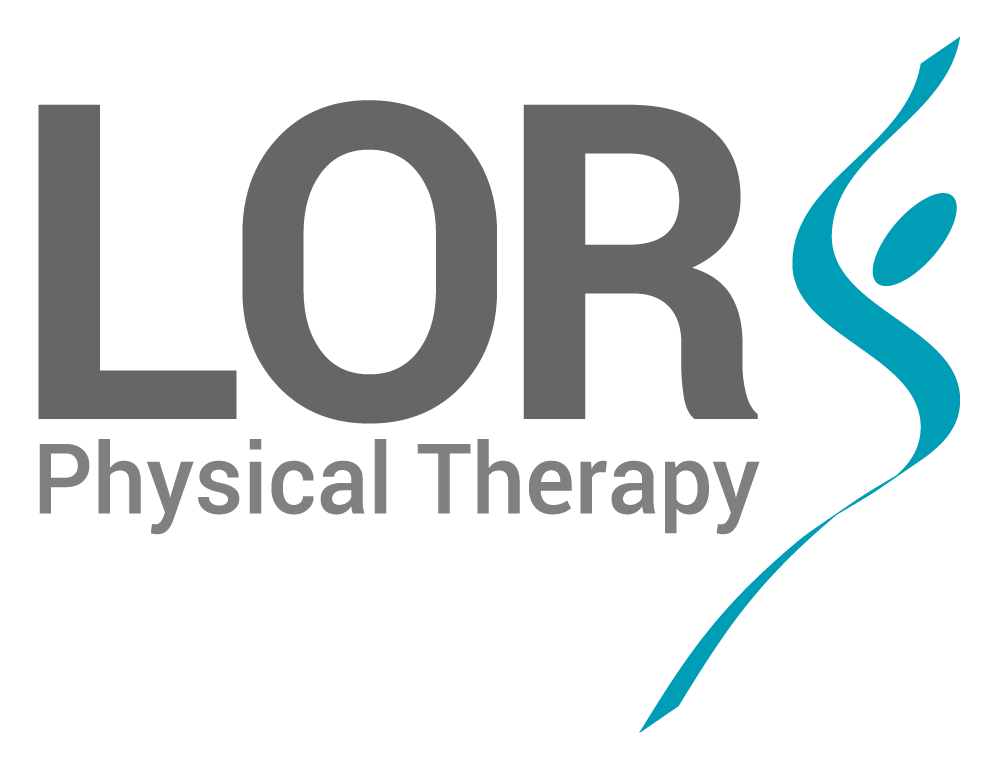Are Your Headaches Neck-Related?
Headaches can be quite a debilitating issue.
If you get them regularly, they can put a real handbrake on your capacity to think, interact with the world and be happy.
What complicates a headache is that most don’t seem to have an obvious cause. You can wake up with one (particularly if they’re self-induced) or they can just appear throughout the day.
Because of this, it’s important to understand what might be causing your headaches so you can not only get on top of them quickly but make the necessary changes to stop them from coming back. You may not have to suffer through them.
It’d worth noting that this may also ring true for migraines. We usually look at migraines and headaches as separate issues, but in some instances, a migraine can just be a more sinister feeling headache. They can be caused by similar things.
The Mechanical Cause Of Headaches
Besides a small percentage that are deadly serious, a large proportion of headaches are neck-related.
More specifically, they can be a referred pain from overloaded and irritated tissue in the upper neck.
This is important because the upper neck has neural connections to the head and face, and when challenged can express symptoms in these areas.
Complicating this idea is the fact that most people with neck-related headaches may not actually realize the neck is at fault. It may not feel stiff or tight and most certainly may not hurt. If you were a magician it would be a classic misdirect.
You often have to get someone to hunt for the troublesome areas or do it yourself.
Traditionally, neck-related headaches and migraines present as more of a vague ache or pain. It can be intense, but it may also be hard to find a specific area of acute pain. It can also feel deep or sitting just below the surface - making it annoying for those trying to find the spot and do something to it.
Typical Neck-Related Headaches
As mentioned above, neck-related headaches can still feel quite intense, yet can have a more vague, deeper quality to them.
Here are some typical areas to feel neck-related headaches (either one side or both):
Behind the eyes
At the base of the skull
At the temples
Across the forehead
Pressure-type feeling on the top of the head
Sinus-type pain under the eyes
Ear pain
Jaw pain
The Role of Postures and Positions
As with any discussion on the true cause of musculoskeletal dysfunction we need to address the role of postures and positions.
If your headaches are neck-related we need to understand why. After all, a healthy neck should never cause you headaches. Something has to set it up to fail when it does.
And that something is more often than not the shapes, postures and positions we put our head and neck into.
Thanks to the modern world, we can spend hours a day looking down on our phones, using a computer for work or leisure, driving cars and watching TV. All things that can draw us into poor head and neck postures.
Clinically, neck-related headaches can have a strong association with looking down. Whether it be a sustained position like reading, doing arts and craft or using a phone or something as simple as sitting poorly and poking your chin out. Time spent in these positions can create a local hinge in the upper neck and overload the tissue over time.
So with this in mind, it’s vitally important to take a step back and try to understand what shapes you’re in throughout your waking hours so that any treatment has a chance to have a long-term impact.
Triggers
One of the distracting features of many neck-related headaches are the triggers. The things that - on the surface - feel like they give us a headache.
Some typical triggers include:
Exercise
Alcohol
Chocolate
Stress
Lack of Sleep
Certain Foods
Certain Smells
And on the surface, these triggers make perfect sense. You may come in close contact with them and suddenly you have a headache. It becomes very easy to make the association that these things cause your headaches. It’s often then a battle to make sure you manage your experiences with them.
We need to respect your relationship with these triggers. However, if your upper-neck tissue is already in an unhealthy state, these things can often act as the last straw - not the first. By extension, if we can improve the health, function and daily postures of the area, these triggers should not have the same impact on the onset of a headache, if at all.
After all, the majority of things that trigger a headache are inherently normal. Things you deserve to experience without suffering the consequences.
So if you or someone you know has an issue with headaches, let us work out whether there might be a relatively simple fix for you. Take time throughout the day to get a sense of how you’re positioning yourself. If you are worried about more sinister causes then absolutely consult your Doctor before coming in.
If you need some help, please call (949) 443-5442. Let one of our experienced Physical Therapists help you understand what’s going on and work with you towards a solution.
